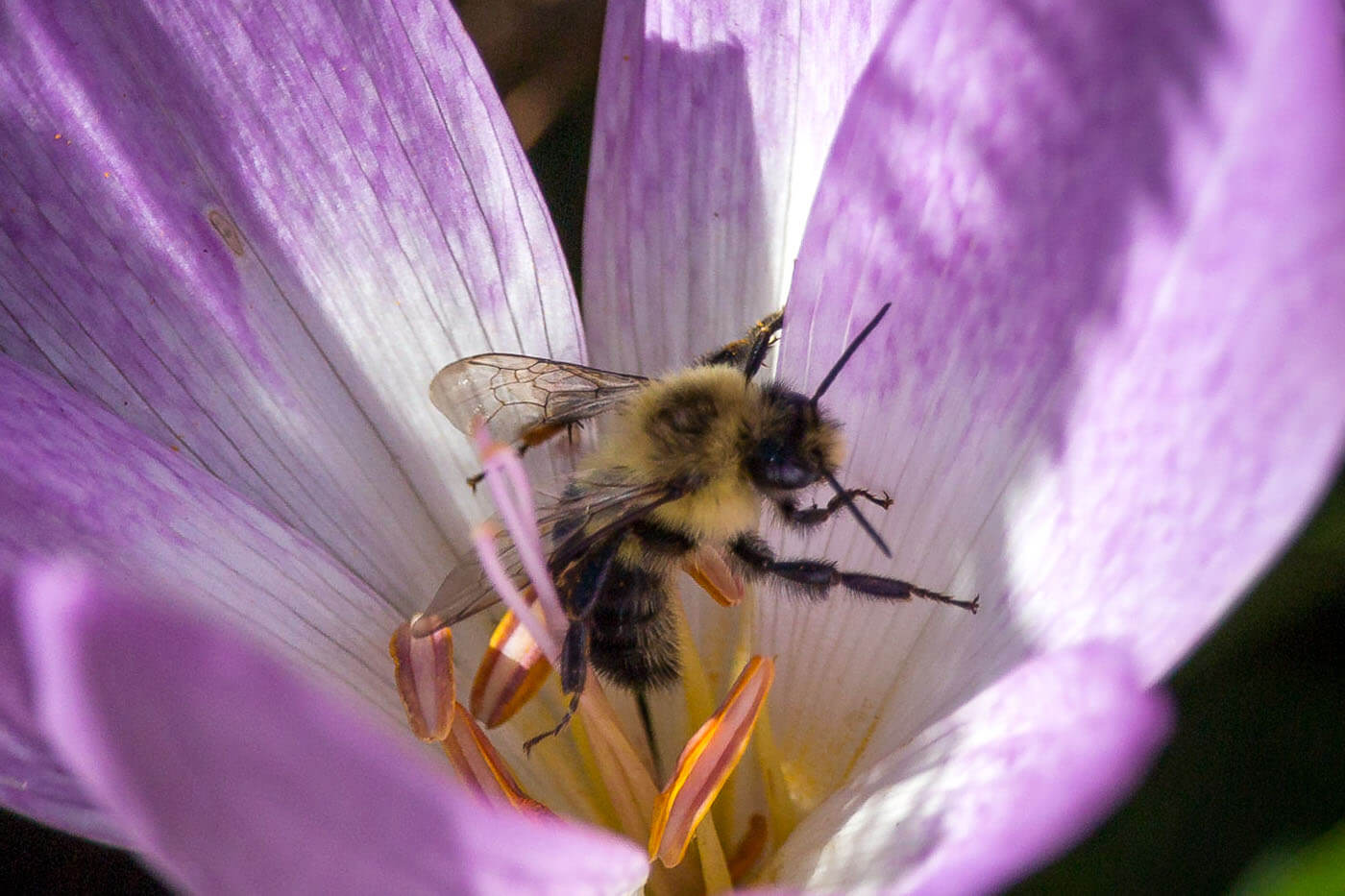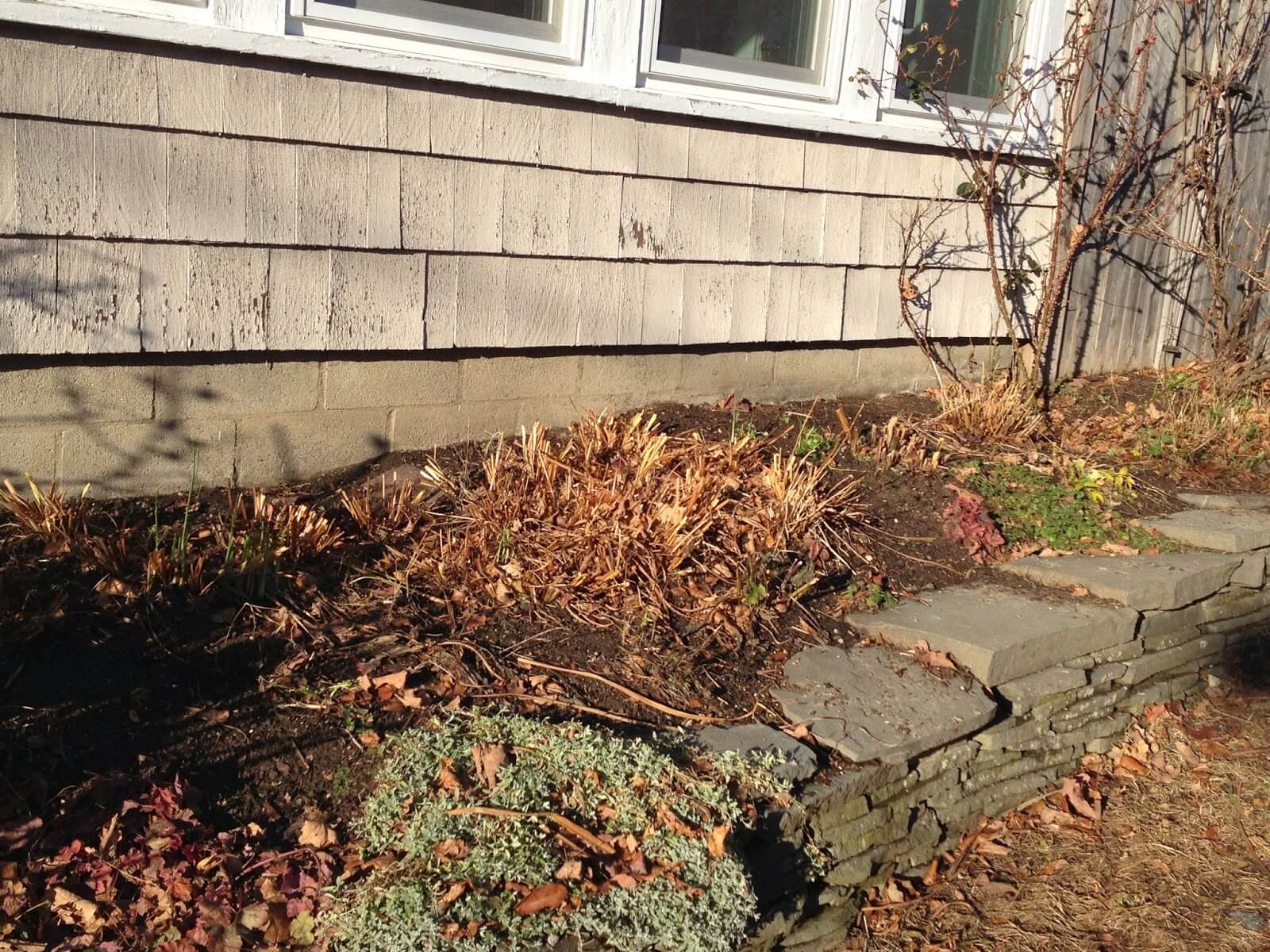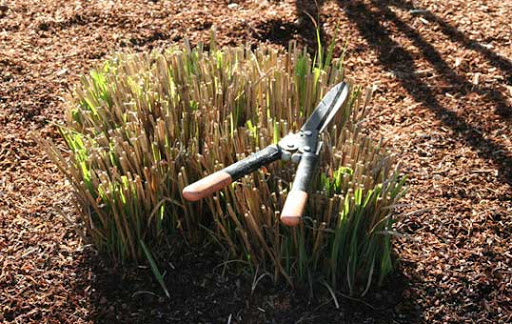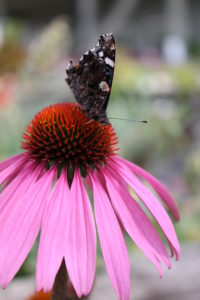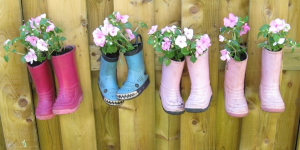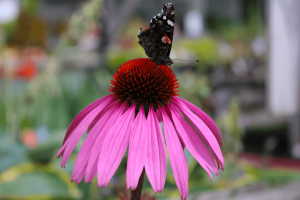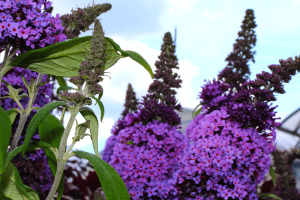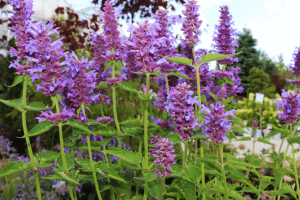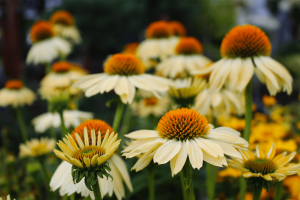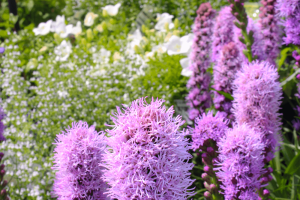Hello Gardeners. Question of the Week!
I had a question from Alyssa this week regarding what to plant in order to deter rodents from her garden, and do well in clay soil. When it comes to rodents, plants with strong or a particular nasty smell tend to be good natural repellents.
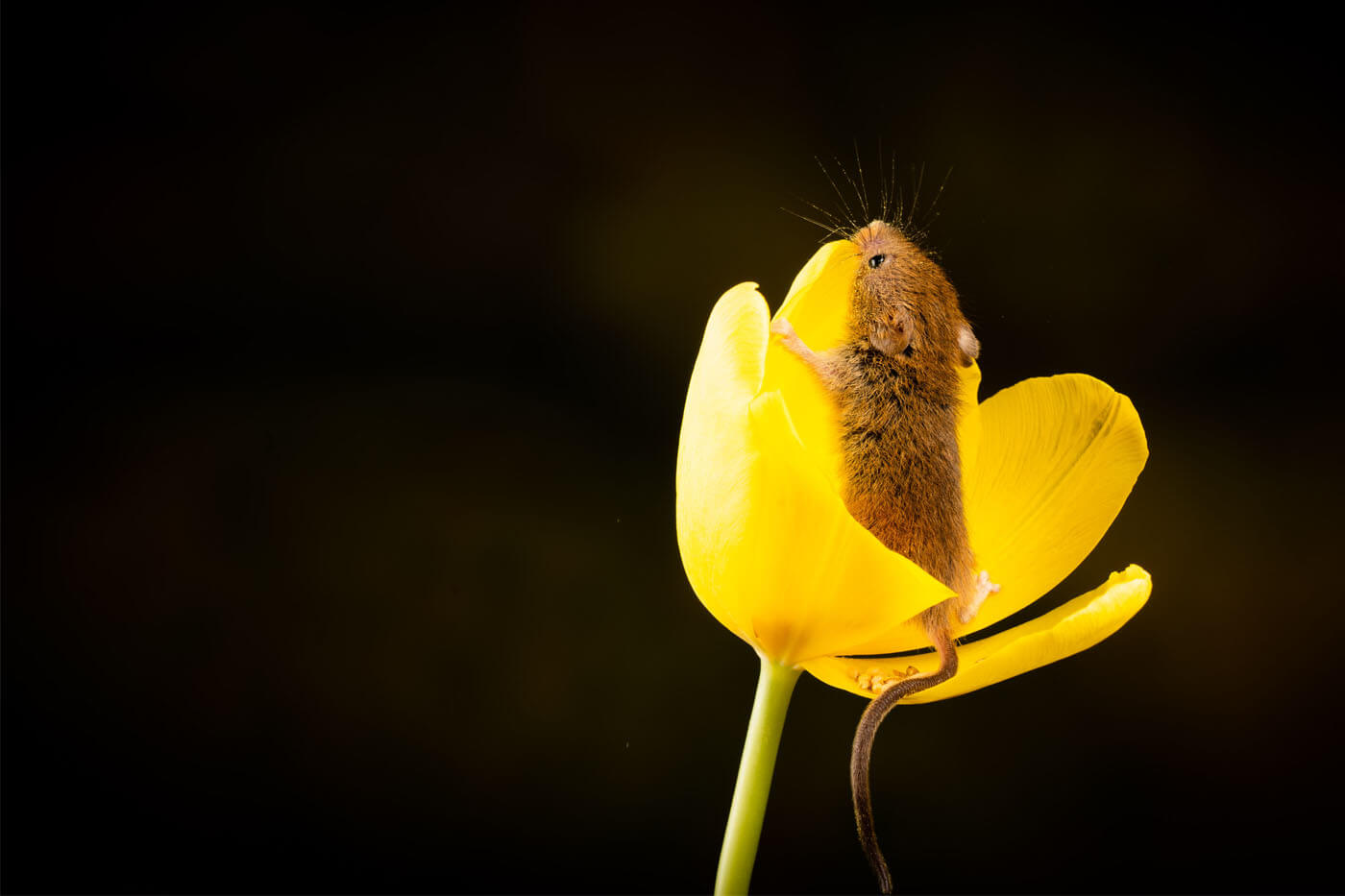
My Best Suggestions for Perennials
Pincushion (Euphorbia)
Catmint (Nepeta)
Perennial Ornamental Onion (Allium)
Garden Sage (Salvia)
Beebalm (Monarda)
Giant Hyssop (Agastache)
Wormwood (Artemisia)
Lilly-of-the-Valley (Convallaria)
Each of these perennials comes in a variety of colours, textures, and heights.
My Best Suggestions for Bulbs
Daffodils
Grape Hyacinth
Wood Squill
Allium
Gladiola
Snowdrops
Garlic
Fritillaria
My Best Suggestions for Annuals
Lavender (Lavandula) short-lived perennial
Snapdragon
Marigold
Nicotiana
Good Luck!
You-dirty-rat!
Lexi – The Gabby Gardener
